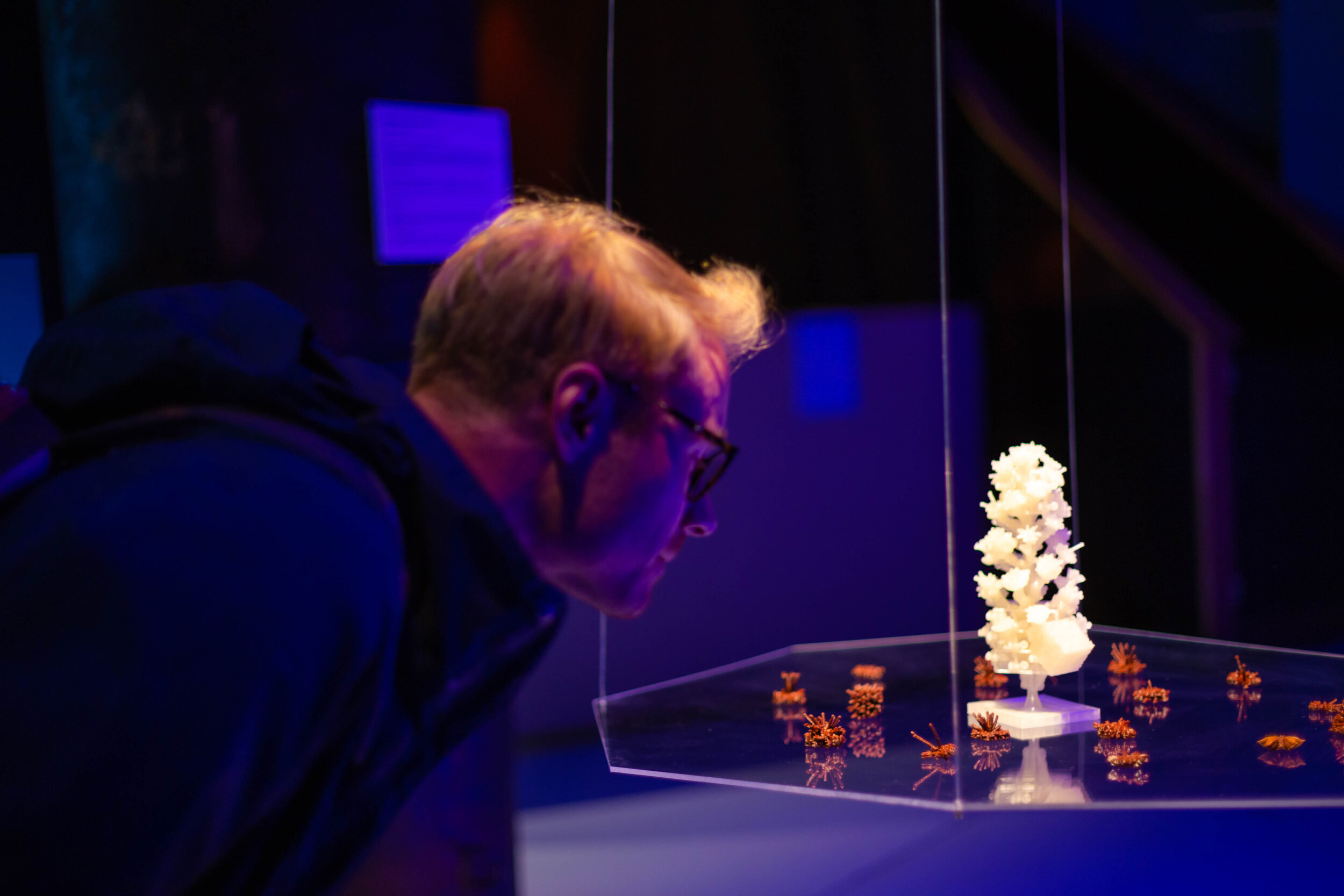Tengchao Zhou
Graduated in 2013 from the Computer Science and Finance department of New York University, computational media artist, independent researcher. He has taught creative coding at the LIDO Art Center, and worked as a software engineer for Shapeways, Orson, Buzzd, etc., and founded the company instantAha LLC/Maer Studios Inc, as a designer and software engineer.
Tengchao Zhou's works are highly interactive. Not only the technical display but also the audience can experience the combination of art and science through a simple operation. The artist uses his rich knowledge and experience of computer science to transform complex programs, and bring in artistic ideas to make it become an interactive art that is more easily accessible to the public.
Points Center for Contemporary Art was honored to be one of the partner organizations of Summer Sessions, inholding an artist exchange residency program. After screening and discussion by Points Center’s and V2_ Lab for the Unstable Media’s committee, we are pleased to announce Tengchao Zhou as the selection of the 2019 Summer Sessions International Art Residency.
Tengchao Zhou will officially take up residency this summer, and during his stay from July 15th to September 8th, he will experience life in Netherlands and begin cultural exchanges and his process of artistic creation. V2_ will provide professional technical support and host a showcase of his creative efforts. During this time, Points will also present via our social media accounts an interview with the artist and records of his activities.
Tengchao Zhou Stars In Formation
“Stars In Formation” (2019) is a work by Tengchao Zhou, developed during a Summer Sessions residency at V2_. For “Stars in Formation”, the artist has borrowed the shapes of the pods on a star anise tree. He has scanned more than 100 star anise pods and used them as input for a generative machine-learning algorithm, which generated hundreds of new pods.
This work shows the different stages of the computer-generated pods, revealing the machine-learning process. The examples at the bottom represent the beginning of the learning process; the ones at the top were generated after a long period of training. The machine learns by minimizing the difference between generated star anise and real star anise.
Tengchao Zhou hopes that the artwork can motivate people to think about what it means to learn. Some people are curious about the internal workings of machine-learning algorithms. Zhou wants to show them what’s inside: matrices with changing numbers. He has used wind turbines to represent the changing numbers and placed them in two tangible 3D matrices. By adding light beams on top of his generated star anise tree, Zhou hopes to clearly illuminate what’s inside the black box of the AI.










